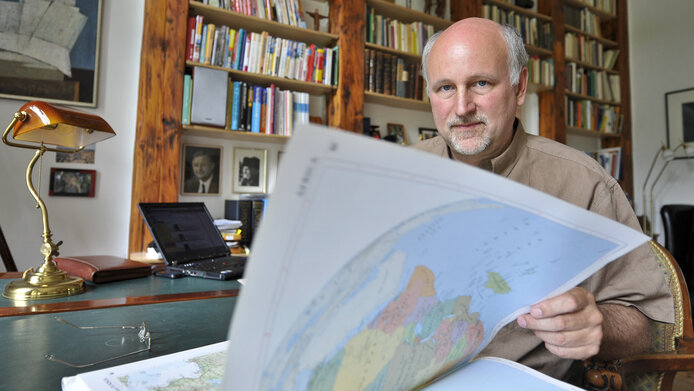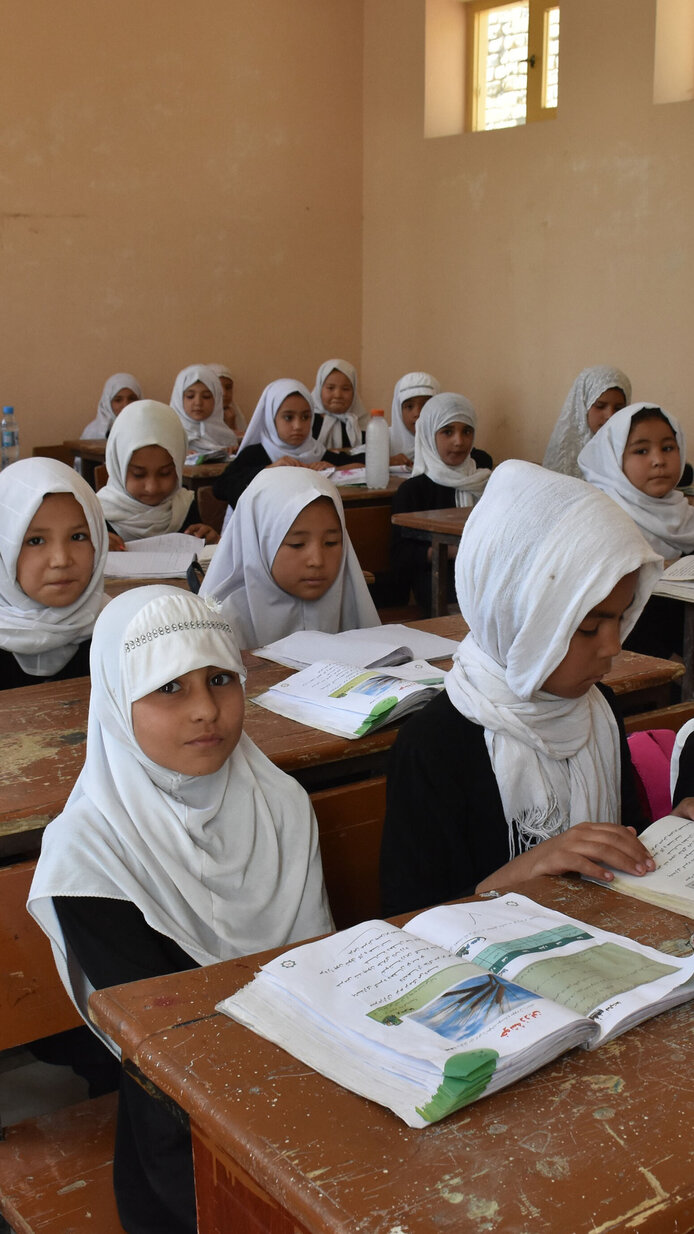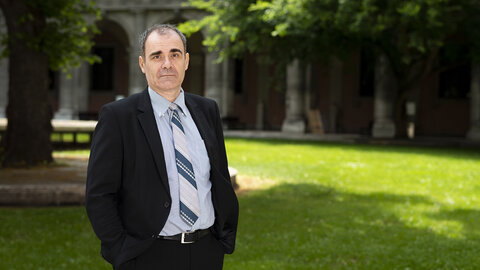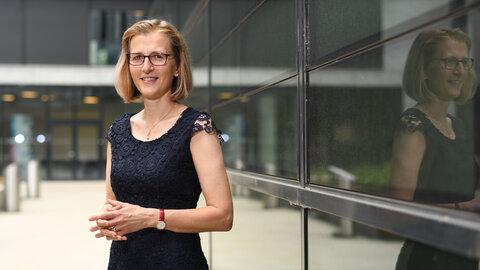“If the present growth trends in world population, industrialization, pollution, food production, and resource depletion continue unchanged, the limits to growth on this planet will be reached sometime within the next one hundred years.” This was the gloomy forecast. It was nevertheless possible, the same text continued, to alter these growth trends and to establish a state of ecological and economic equilibrium. And: the sooner humanity were to begin working to attain this goal, the better. That was back in 1972, more than 50 years ago.
Commissioned by the Club of Rome think tank and published in 1972 under the title The Limits to Growth, the seminal report on the future of humanity, including the economy and the environment, was written at the Massachusetts Institute of Technology (MIT). The study was based on computer simulations. Donella and Dennis Meadows, she a biophysicist, he a business economist, and their collaborators at the Jay Wright Forrester Institute for Systems Dynamics simulated the long-term trends of industrialization, population growth, malnutrition, depletion of raw material reserves and habitat destruction and their mutual interactions.
Wolfgang Lutz sees this report as a “paradigm shift”. “Even though there were many inaccuracies in terms of the content, it was a completely new approach that was multidimensional and global,” he notes. Even if today’s model calculations, such as the ones by the Intergovernmental Panel on Climate Change, are incomparably more detailed and comprehensive, the basis for this approach was laid at MIT in the early 1970s.





![[Translate to English:]](/fileadmin/_processed_/2/b/csm_EmmanuelleCharpentier_cHallbauerundFioretti_35afb9cedd.jpg)

![[Translate to English:] Christa Schleper entnimmt eine Sedimentprobe aus der Donau](/fileadmin/_processed_/3/e/csm_Christa_Schleper_cUlrichZinell_ef90da6f10.jpg)


![[Translate to English:] Portrait Walter Pohl](/fileadmin/_processed_/1/2/csm_Portrait_WalterPohl_cFWF_LuizaPuiu_c0acb71e9a.jpg)
![[Translate to English:]](/fileadmin/_processed_/5/b/csm_Ferenc_Krausz__C__%C3%96AW_APA-FOTOSERVICE_MARTIN_H%C3%96RMANDINGER_2_ed50c7acf1.jpg)
![[Translate to English:]](/fileadmin/_processed_/0/d/csm_FWF_AustrianScienceAwards2025_EllyTanaka_cFWFKlausRanger_3f3f257163.jpg)